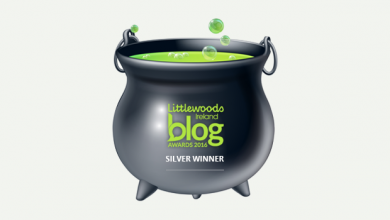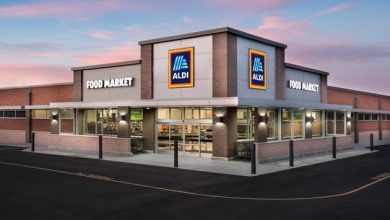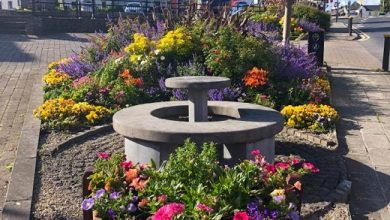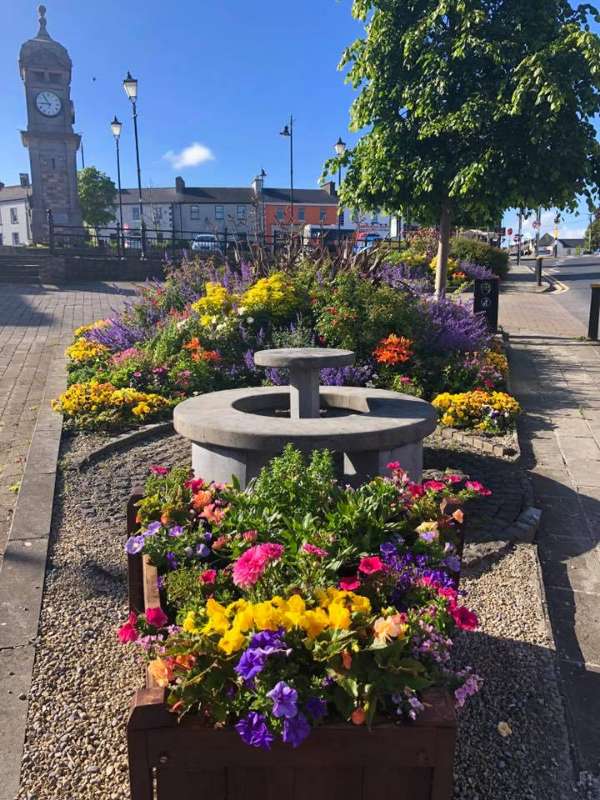Boyle features in new town centre living report
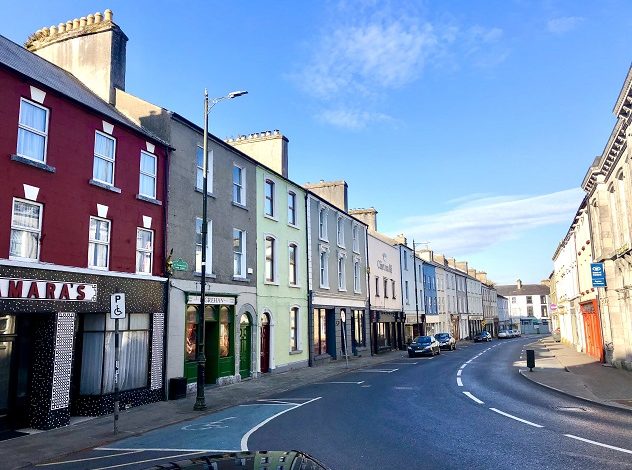
A new report on the pilot “Town Centre Living Initiative”, which examined how to encourage more people to live in rural town and village centres, has been published this week and it features the key findings and potential solutions identified to getting people to live in the town centre of Boyle.
The report also speaks of “a new sense of optimism in Boyle. It is leading to people with and without a connection to the town making enquiries both to the Roscommon Planning Department and Local Enterprise Office.
The section of the report on Boyle reads as follows:
Background
Boyle was one of six rural towns who received €100,000 to explore how to encourage increased residential occupancy in those towns while addressing the issue of vacant properties. The initiative was delivered by the relevant Local Authorities in collaboration with Boyle Town Team.
The independent report, prepared by Space Engagers, outlines the approach taken by each town under the pilot to encouraging increased town centre living. It sets out the key issues identified in re-purposing vacant properties for modern living, and the key findings which emerged. The report concludes by identifying a range of 15 suggested actions for further consideration.
In relation to Boyle the report says:
forward.
Boyle town and its environs had a population of 2,568 in the 2016 census. The population has declined since 1831, when Boyle town centre would have been a much smaller, compact area with a population of3,433. The Georgian town would have been a much more vibrant and prosperous place due to the density of buildings, uses and consequent interactions which this compact settlement pattern would have created. Located in North Roscommon on the Boyle River, Boyle is rich in historical assets and water/outdoor adventure, for example at King House, Boyle Abbey and Lough Key Forest and Activity Park. There are good access links by road/rail. The residential vacancy level in the Town Core (the study area of the Boyle 2040 plan) is 80%.
Pilot Project
Boyle 2040 plan, and has therefore already been subject to in depth examination.
Planning context
opportunities for redevelopment to the rear of these properties facing onto the River Boyle.
Projects include:
creating a “defined approach” to this culturally significant area, will be part of the next project for the continued development of the town.
Ongoing or future activities
• Work with Boyle Town Team to promote the pilot study area and wider town for the relocation of families.
Findings
• Lack of adequate range of employment opportunities in the town to encourage people back who have skills in new areas (in particular for young people)
Potential Solutions
• The model used to develop the Repair and Leasing Scheme, but for private owners and developers, would be worth exploring.
Following the publication of the report Minister Michael Ring said “I have asked my officials to review the 15 suggested actions identified by the authors of the report for further consideration, and to prepare proposals for new policy measures that will further encourage and support people to live in rural town centres. To this end, I have asked my Department to convene a senior officials group from key Departments and agencies to bring forward a set of proposals for consideration by the incoming Government before the end of the year.”
(Boyletoday.com main photograph shows Main Street following it’s building enhancement under the Historic Towns Initiative)


